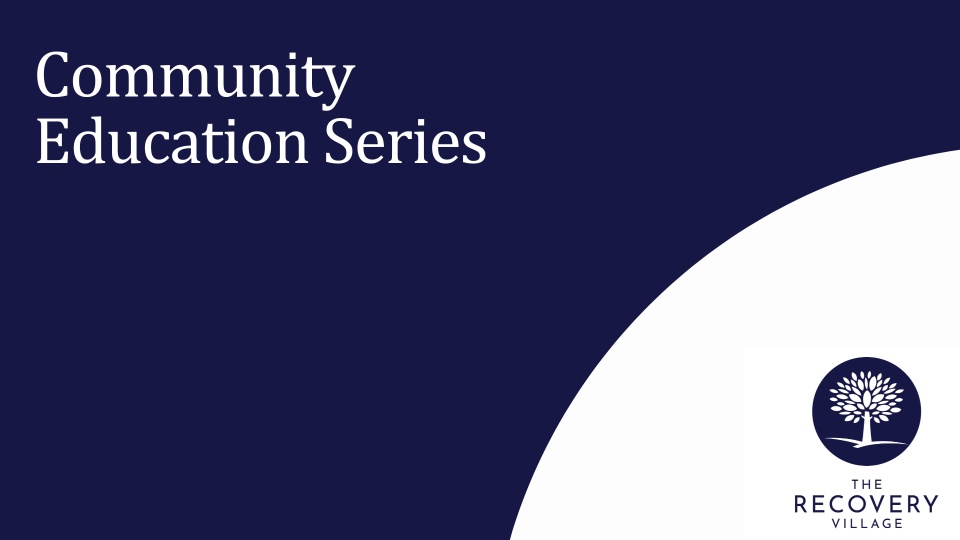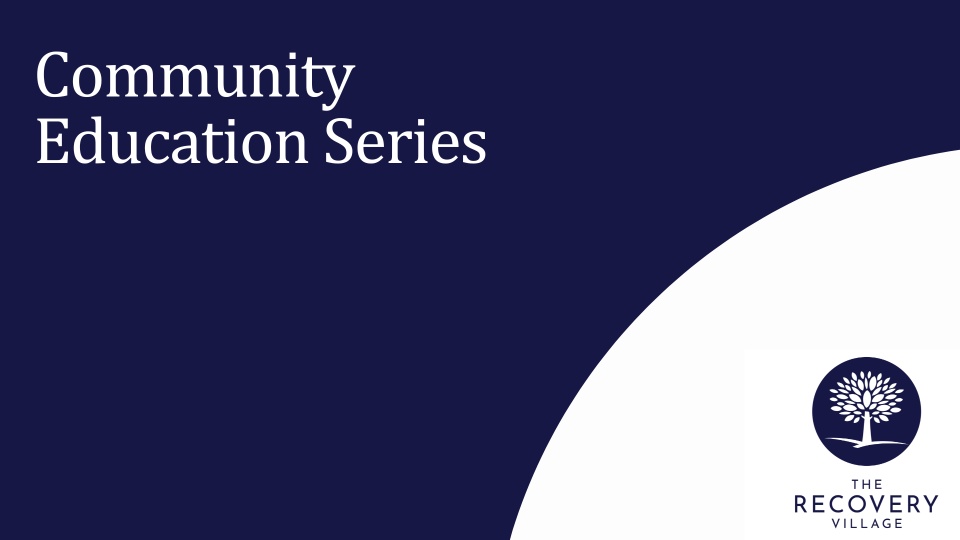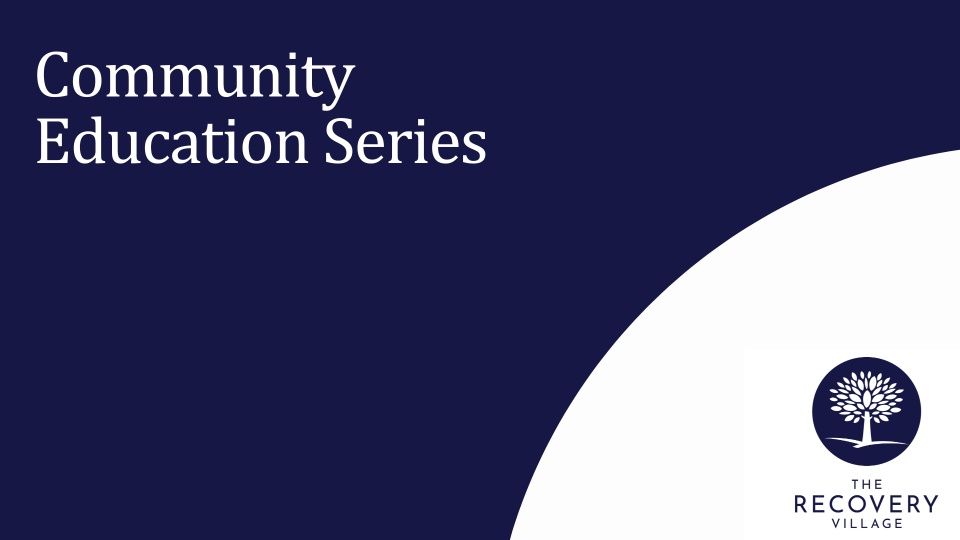Too Much Time on My Hands: The Adolescent’s Response to COVID-19
Estimated watch time: 42 mins
Available credits: none
Objectives and Summary:
The COVID-19 pandemic has caused widespread stress and poor mental health throughout the United States, causing many to turn to drugs or alcohol as a way to cope. In this community education webinar, Kevin Wandler, MD takes a deeper look at the teen and adult response to COVID-19 and why it may be occurring.
During this webinar, the viewer will:
- Receive an overview of the COVID-19 pandemic
- Understand the consequences of the COVID-19 pandemic
- Be informed on the ARS survey of “How Adults Cope With COVID-19”
- Learn how COVID-19 is affecting teens
- Learn about mental health in school systems
- Understand the impact of COVID-19 on your health









